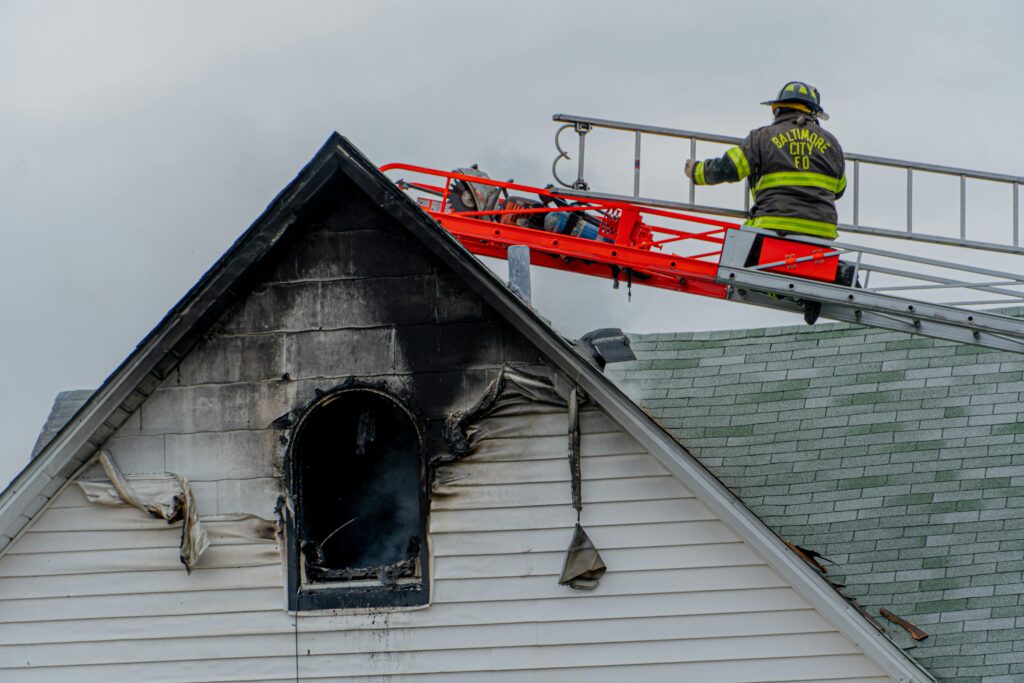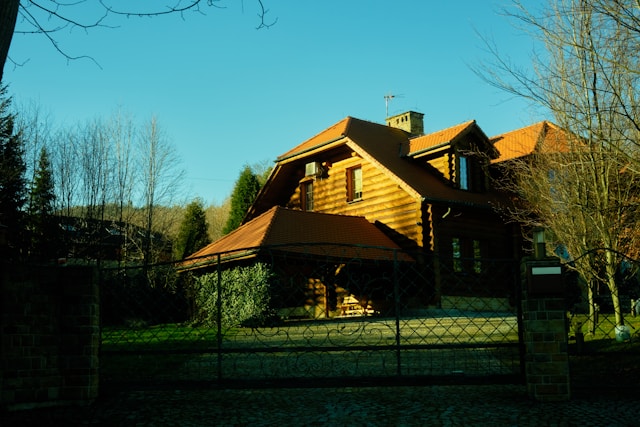
Every year, thousands of people are victims of house fires. Some fires may only cause minor damage, while others can lead to the complete destruction of a home. In either case, the shock can make it difficult to know what to do immediately after. This guide can help you to take the right steps after a house fire – from notifying your insurer to rebuilding your home.
Notify your insurer
While it may not seem like a priority, the first thing you should do is to tell your insurer. Some home insurance policies only give you a 48 hour window to notify your insurance company following a fire. Fail to do so, and you may not be able to make a claim.
When notifying your insurer, be prepared to answer some questions. You may be asked to provide some photos of the damage, so consider taking a few photos. You do not need to go through the claims process there and then – so long as you have provided your insurance company with all the information they need, you should be eligible to get compensation later, which could help fund repairs. This Nolo fire claims guide offers more information on how to notify your insurer.
Find alternative accommodation
Even if your home is not completely destroyed, it may not be safe for you to stay in. You will therefore need to temporarily find alternative accommodation. This could include staying with family or friends. If you don’t have anyone locally to stay with, consider looking into disaster relief charities or local and state services – you will usually be able to be put up in a hotel or temporary accommodation, which should be paid for.
Secure your property
Sadly, there are burglars out there who target homes recently affected by disasters, because they know they are vacant. Try to secure your property before you leave in any way you can. If windows and doors are damaged, these may need to be boarded up. It may be worth talking to police to see if there is also anything they can do to help secure your property.
In case someone still breaks in, it could be worth taking with you some of your more important valuables. This could include electronic devices, jewelry and other items worth a lot of money that could be targeted. Of course, do not retrieve any valuables if it is not safe to do so.
Contact utility suppliers
Gas, water and electricity suppliers should be notified of the damage to your property. They may need to send someone out to inspect your utility connections and make sure no pipes or external cables have been damaged. It is important that your utilities are safe to use and that other homes have not had their utilities disrupted in the process.
Explore fundraising options and charity support
Don’t have home insurance? Or perhaps your insurer is only willing to partially cover reparation costs? In either of these cases, you’ll need to look into other fundraising options in order to raise money for repairs and replaced belongings. Fortunately, there are many places where you can seek out such funding.
Some charities and government organizations offer grants that can go towards repairs. Meanwhile, crowdfunding sites could allow you to launch a fundraiser and collect donations. Some charities may also be able to help you with crowdfunding campaigns. On top of this, some fire restoration companies may be able to help you find funding.
Rebuild your home
It’s important to work with a contractor with experience in fire damage restoration. There are specialist companies like JDB Builders Inc. rebuilding homes in Altadena that were recently destroyed by the California wildfires. Such companies are able to carry out a fire damage assessment, remove burned structure and rebuild your home.
At this point, make sure to work closely with your insurer. Notify them as soon as you have a quote so that you can begin the claims process and receive your compensation in order to pay the restoration company.
Rebuilding could be a chance to also make structural improvements. This could include improving fire safety to prevent future fires.
Replace lost possessions
Certain sentimental possessions lost in the fire will be impossible to replace. But you will be able to replace other items.
If your insurance company has contents cover, make sure to take advantage of this – you may be able to receive compensation to cover replacement of all the essential items destroyed in the fire. Local charities may also be able to help replace certain items for you when moving into your new/rebuilt home.









